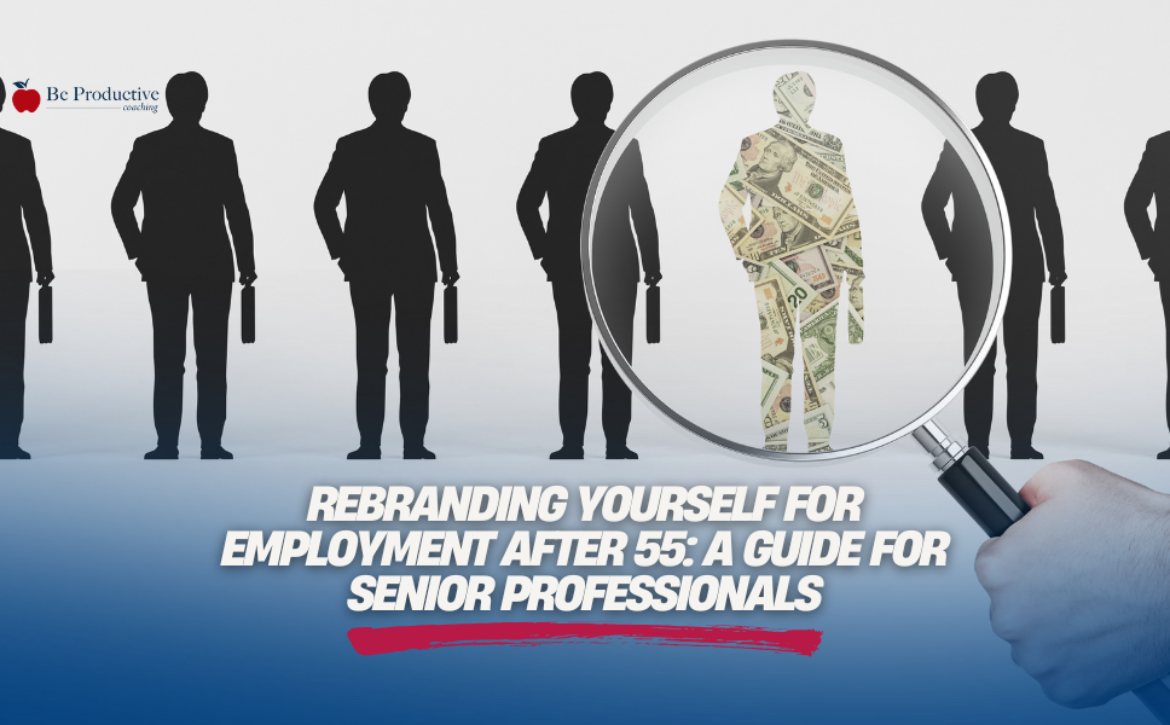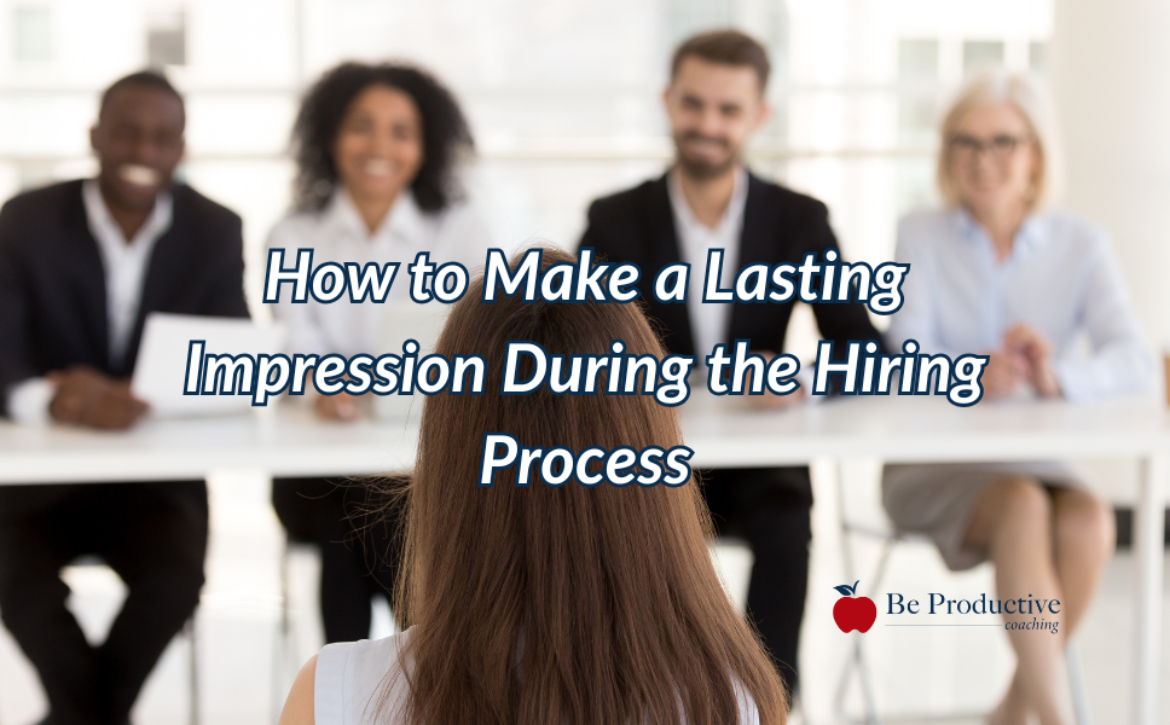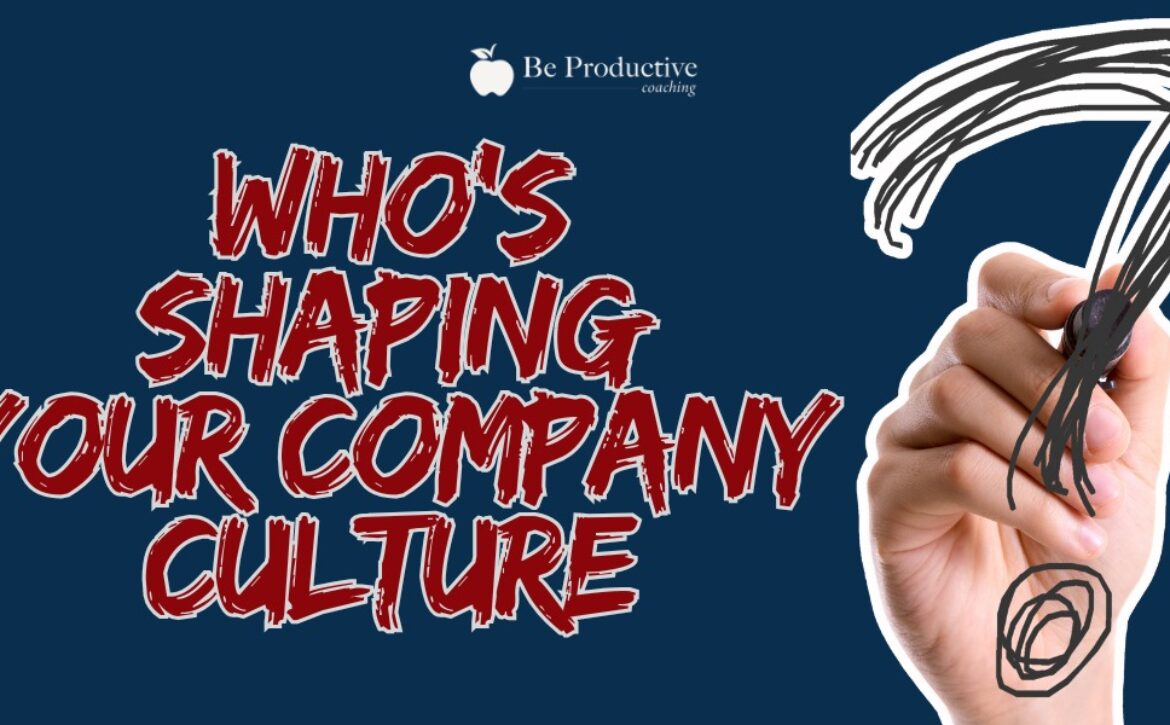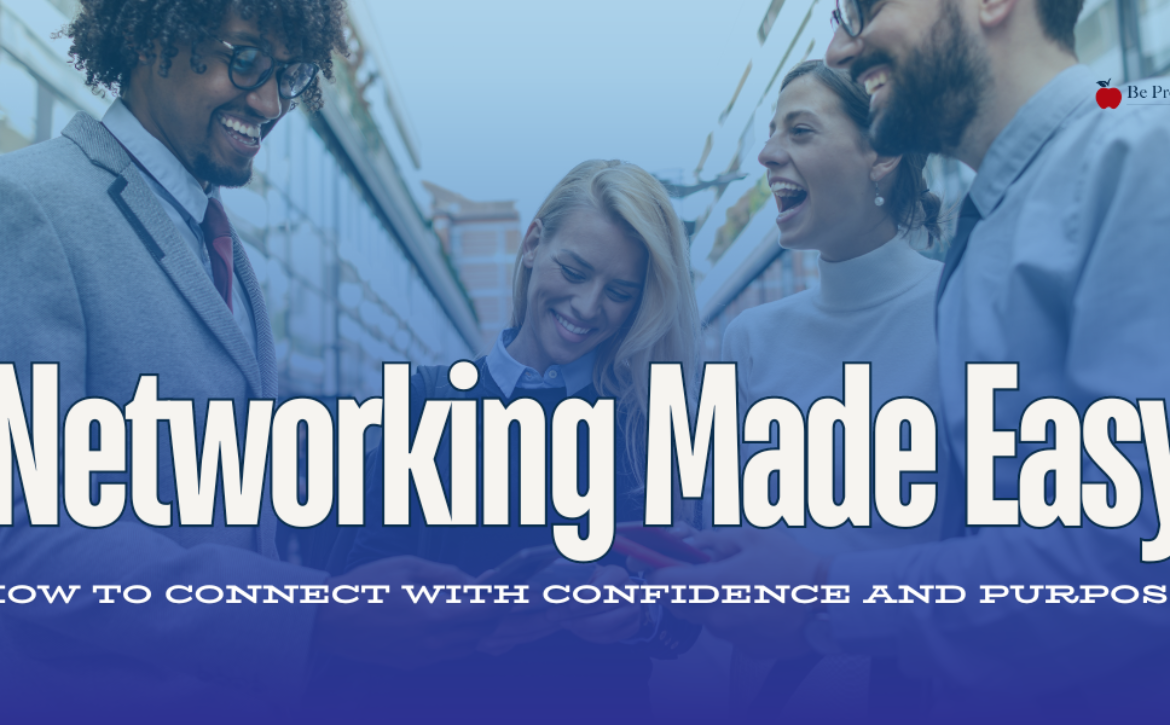Negotiation Power Moves: How to Ask for What You Deserve with Confidence
Negotiation Power Moves: How to Ask for What You Deserve with Confidence
Negotiation Power Moves: How to Ask for What You Deserve with Confidence
As high-achieving professionals, executives, and leaders, you’ve already demonstrated the drive and talent to reach significant heights in your careers. You’re no strangers to hard work and achieving results. But are you consistently getting what you truly deserve? Are you negotiating with the same strategic prowess you apply to every other aspect of your professional life?
The ability to negotiate effectively isn’t just about salary; it’s a fundamental power move that impacts your career trajectory, leadership influence, and even your mental resilience. It’s about confidently articulating your value and advocating for your needs, whether it’s a promotion, a crucial resource, a better project assignment, or fair compensation for your team.
Far too often, I see incredibly capable individuals underselling themselves, leaving opportunities and deserved recognition on the table. This isn’t about being aggressive; it’s about being assertive, informed, and strategically confident.
Why Negotiation is a Non-Negotiable Skill for High Achievers
- Career Growth: Negotiation directly influences your compensation, benefits, and opportunities for advancement. Mastering it ensures you’re fairly rewarded for your contributions and sets the stage for future growth.
- Leadership Development: Effective leaders are skilled negotiators. They advocate for their teams, secure necessary resources, and navigate complex stakeholder relationships. Your ability to negotiate reflects your strength and influence as a leader.
- Interview Confidence: Negotiation begins even before an offer arrives. Understanding your worth and practicing your negotiation skills empowers you during the interview process, allowing you to confidently discuss expectations and position yourself strongly.
- Personal Branding: How you negotiate speaks volumes about your self-worth and how you value your expertise. Confident negotiation reinforces your personal brand as someone who knows their value and isn’t afraid to advocate for it.
- Overcoming Career Setbacks: Negotiation skills are crucial when navigating challenging situations, such as restructuring or needing to advocate for your role or team. It empowers you to find the best possible outcome even in difficult circumstances.
- Team Collaboration & Leadership Effectiveness: As a leader, your negotiation skills directly impact your team’s success. You negotiate for resources, support, and fair treatment, fostering a more productive and engaged environment.
Actionable Power Moves to Negotiate with Confidence
Here are some strategic power moves you can implement immediately:
- Know Your Worth, Inside and Out: This isn’t just about industry benchmarks (though that’s crucial research). It’s about understanding the unique value you bring – your specific skills, experience, accomplishments, and the impact you’ve made. Quantify your achievements whenever possible. Actionable Step: Create a “brag book” documenting your key accomplishments and their impact.
- Strategic Research is Your Secret Weapon: Before any negotiation, thoroughly research industry standards, company compensation structures (if possible), and the other party’s potential needs and constraints. Knowledge is power. Actionable Step: Utilize resources like Glassdoor, Salary.com, and industry reports. Network with peers to gain insights.
- Frame Your Asks with Value: Don’t just state what you want; articulate why you deserve it and the value it brings to the organization. Connect your requests directly to your contributions and the company’s goals. Actionable Step: Practice framing your requests using phrases like, “Given my track record of [specific achievement], which resulted in [positive outcome], I am seeking…”
- Master the Art of Active Listening: Negotiation is a two-way street. Pay close attention to the other party’s perspective, concerns, and limitations. Understanding their needs allows you to find mutually beneficial solutions. Actionable Step: Practice active listening techniques like summarizing, asking clarifying questions, and demonstrating empathy.
- Know Your Walk-Away Point (and Be Prepared to Use It): Clarity on your absolute minimum acceptable terms empowers you to negotiate from a position of strength. If your bottom line isn’t met, be prepared to respectfully walk away. Actionable Step: Define your non-negotiables before entering any discussion.
- Practice Makes Perfect: Negotiation is a skill that improves with practice. Seek out opportunities to negotiate, even in low-stakes situations. Role-play with a mentor or coach to build your confidence and refine your approach. Actionable Step: Identify a low-stakes situation where you can practice your negotiation skills this week.
- Focus on Solutions, Not Just Positions: Aim for win-win outcomes. Explore creative solutions that address both your needs and the other party’s. This collaborative approach often leads to more sustainable and positive results. Actionable Step: Brainstorm potential solutions that could satisfy both parties before your negotiation.
Your Next Power Move
Negotiation isn’t a confrontation; it’s a conversation about value and mutual benefit. As a high achiever, you deserve to be compensated and recognized accordingly. By embracing these power moves with confidence and strategic intent, you can effectively ask for what you deserve and propel your career, leadership, and team to even greater heights.
Are you ready to unlock your full negotiation potential and confidently advocate for your success? Let’s work together to refine your negotiation strategies and empower you to achieve the outcomes you deserve.
Click here to schedule a free consultation and discuss how we can elevate your negotiation power.











